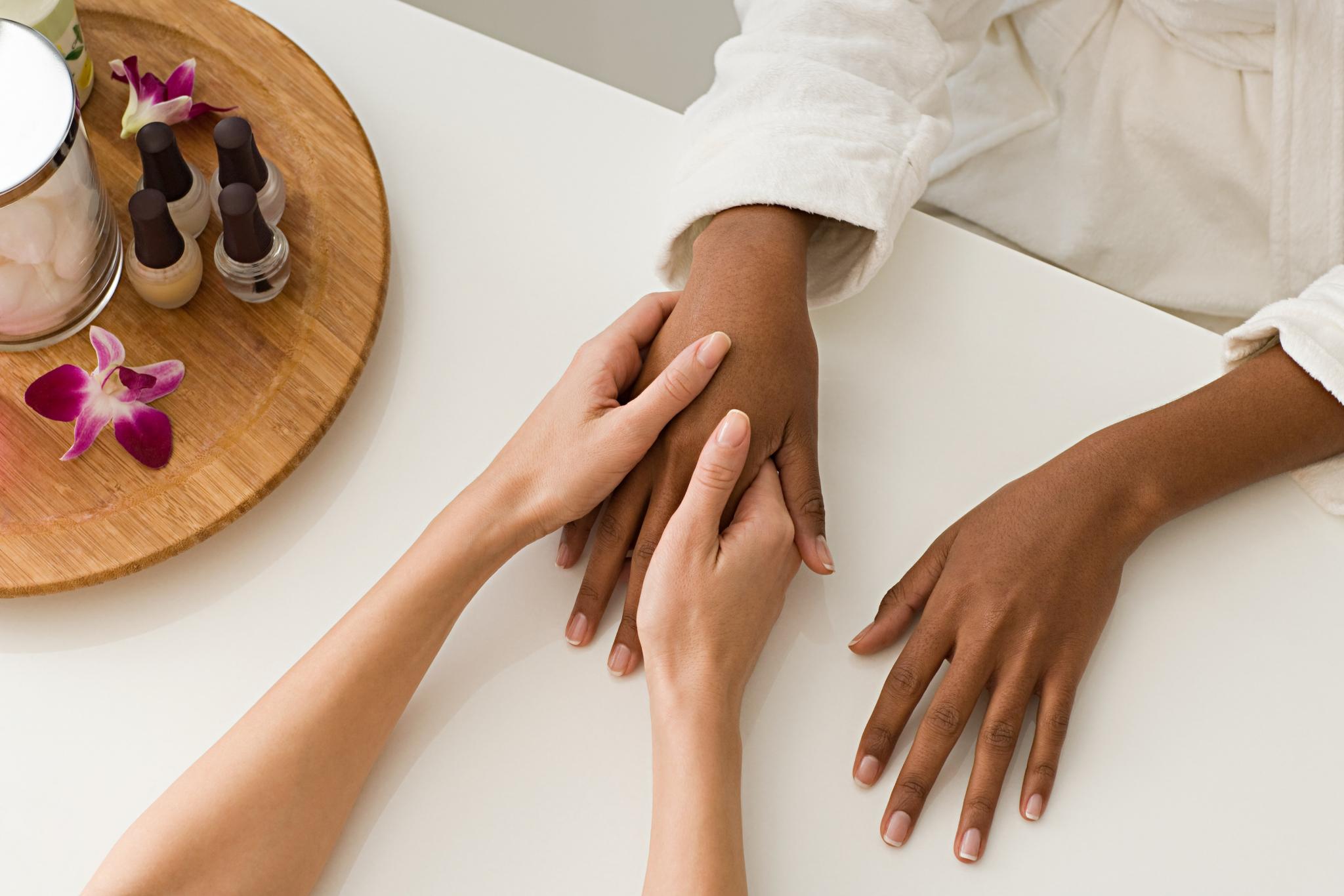
In the wake of the New York Times investigation that exposed the nail industry’s poor conditions and lack of professionalism, its easy to wonder which salon is best for you. To help us explore the truth and offer insight, we asked Tricia Lee, former MAC makeup artist and founder of Polish Bar of Brooklyn, tough questions about the nail industry and how to spot a legit salon.
ESSENCE: When selecting a nail salon, what should you look for?
Tricia Lee: Cleanliness, presentation and hygiene practices all go hand in hand. Keeping a clean and organized space, shows the owners care about their staff and their customers. Look for salons that offer manicure tools [that are] brand new with each service. Look to ensure your implements (metal tools) are sanitized in Barbicide and fresh for each client. In the wax room, sanitizer and gloves should be front and center.
ESSENCE: What are the types of nail salons to avoid?
Tricia Lee: It’s best to go with a reputable business. Owners that care about their business (as a whole) will invest in new product, doing services the right way (on a hygienic level) and protect how their employees work. I’ve had clients get upset because there was a 10 min wait because one of my technicians is on her lunch break. If I lose customer about of that, he or she wasn’t a customer for Polish Bar to begin with. Also, many polishes are 3Free and 5Free, look for these brands and salons that carry them. 3Free brands include Essie, OPI, Urban Outfitters; 5Free are Zoya, Deborah Lippmann, Ginger & Liz and OCC.
ESSENCE: Why should you avoid low-cost manicures? Are salons that offer higher prices better?
Tricia Lee: When you pay for a cheap manicure, you DON’T pay for the benefits of a good manicure. You don’t pay for the proper education of the technician you are trusting to cut your nails and skin. You don’t pay for proper hygiene practices (such as new fresh tools and properly sanitized implements and equipment). Businesses run based on profits; you get what you pay for.
ESSENCE: Is it safe to assume if you see low-grade brands in the salon, the staff members are probably underpaid.
Tricia Lee: If you see a low-grade brand, you know it’s a cheap operation. The focus is getting people in and out, not on pleased customers. If that’s the owner’s ethics, I can’t imagine it would be any better with how the run their business or manage their team. But it’s a two-part equation. You can’t expect to spend $30 and have champagne, robe and slippers. These businesses are run on labor, product, time and the various costs of doing business. These low-grade salons have set an unrealistic price-point standard for consumers. Paying $20 for a professional service that takes an hour is just not realistic, the corners are being cut somewhere. It’s important to understand that.
ESSENCE: According to The Times article, ‘There are nearly 30,000 licensed nail technicians in the state, according to the New York Department of State, but numerous manicurists work without licenses.’ How can you ensure that your manicurist is licensed, even if they have their license visible in the salon?
Tricia Lee: Seeing a license on a wall doesn’t always guarantee the person that is shown earned it. Your best bet is to choose a reputable business. If they care about their brand, they will care about their customers and their reputation. They will hire qualified technicians. If your salon is performing $8 manicures, don’t be shocked by anything.
ESSENCE: If you’re looking to support a salon with “greener” products, what should you look out for?
Tricia Lee: I love this question. Does the salon promote 3Free and 5Free products? There are even greener options now that are 7Free. Meaning, the formulation omits 7 commonly used toxins, plus vegan and cruelty free (like, Pacifica nail polish). Check to see if they offer a Green menu or service option, and, find out if they promote products with lower toxins.





